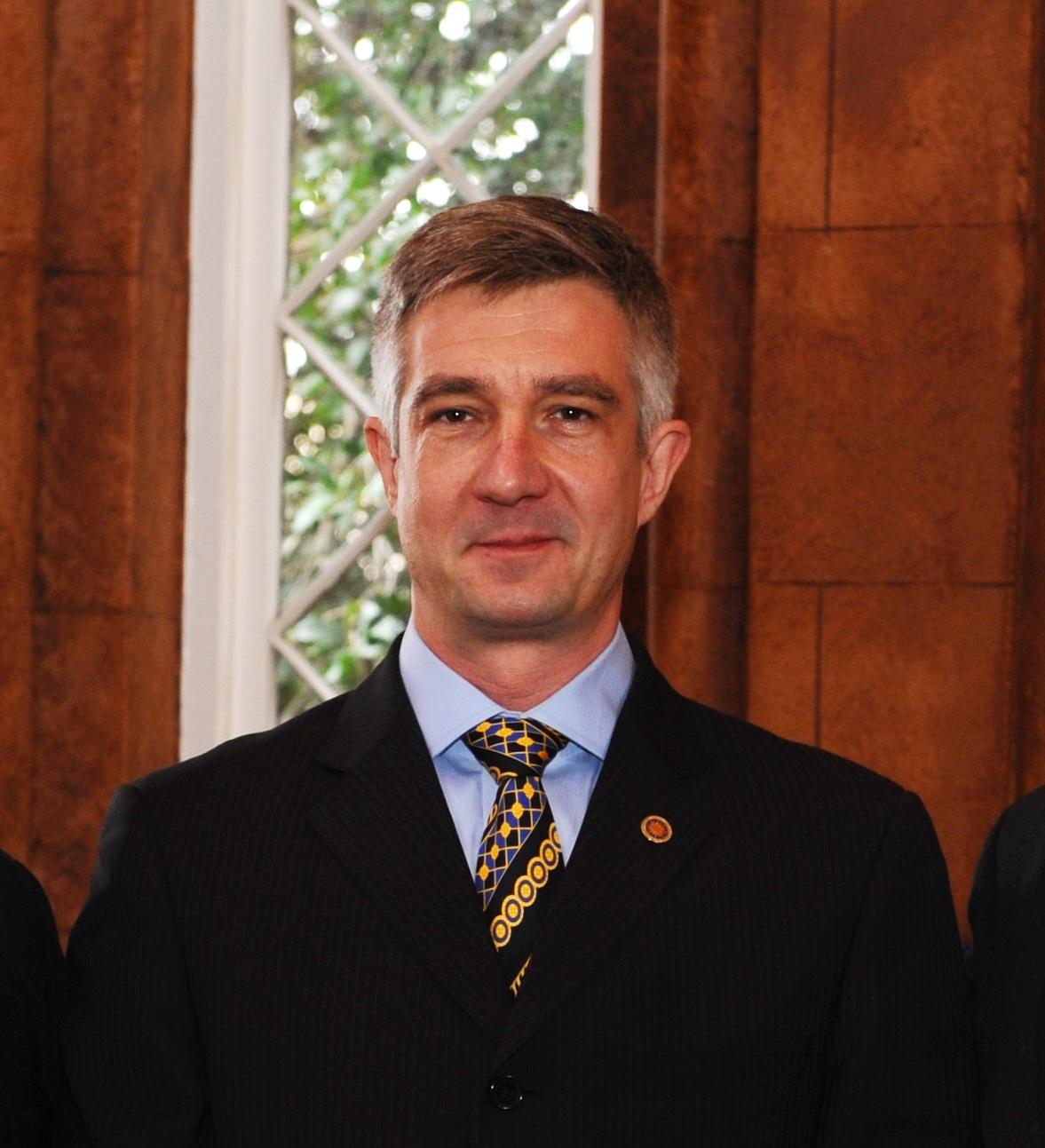CRS Welcomes Dr. Pierre Comizzoli for a Special Summer Seminar
 On August 11th, CRS was treated to a special summer seminar delivered by Dr. Pierre Comizzoli, PhD, DVM, Research Biologist at the Center for Species Survival in the Smithsonian Conservation Biology Institute at the National Zoological Park in Washington D.C. Dr. Comizzoli’s presented an enthralling and comprehensive talk titled, “Fertility Preservation in Wild Animal Species: Recent Advances and Relevance to Human Reproductive Medicine”, where he discussed the current research on reproductive technologies employed to preserve threatened animal species and the importance of conservation centers in maintaining our planets biodiversity, the protection of habitats, and the continued understanding of animal behaviors.
On August 11th, CRS was treated to a special summer seminar delivered by Dr. Pierre Comizzoli, PhD, DVM, Research Biologist at the Center for Species Survival in the Smithsonian Conservation Biology Institute at the National Zoological Park in Washington D.C. Dr. Comizzoli’s presented an enthralling and comprehensive talk titled, “Fertility Preservation in Wild Animal Species: Recent Advances and Relevance to Human Reproductive Medicine”, where he discussed the current research on reproductive technologies employed to preserve threatened animal species and the importance of conservation centers in maintaining our planets biodiversity, the protection of habitats, and the continued understanding of animal behaviors.
The reproductive science community is a tightly knit and collaborative group who’s interconnected web of science helps to not only tackle the challenges in reproductive development, health and fertility in humans but also cross pollinates with conservation biology to address imperative problems in our world’s ecosystems. Dr. Comizzoli’s research focus at the Smithsonian zoo is centered on developing new cryo-banking strategies for preservation of gametes and gonadal tissues from rare and endangered species. Those in our community who focus on assisted reproductive technologies (ART) such as reproductive tissue preservation and in vitro fertilization (IVF) are familiar with the challenges in human reproduction but Dr. Comizzoli’s talk brought interesting perspectives and unique challenges to ART in the world of wild animal species. How does one safely and non-invasively detect and monitor pregnancy in such animals as wild cats or giant pandas? Each species has variations to their reproductive cyclicity and the development of non-invasive and field-tested monitoring of pregnancy and cryopreservation of gametes is imperative to the continued efforts to ensure the preservation of endangered and threated animal species. One particularly interesting and innovative method that Dr. Comizzoli’s group is working on is the preservation of gametes through microwave assisted desiccation of ovarian tissue within trehalose, a sugar. This method provides for easier storage methods and shipping across conservation centers.
For those of us whose research is focused on human health and disease, it is sometimes easy to develop a narrow view of the reproductive health and disease issues we focus on. However, researchers like Dr. Comizzoli and his cutting-edge research in wildlife conservation brings an exciting and thought-provoking view points to the commonality of our goals as scientists and encourages us all to diversify our knowledge and continue to collaborate for the betterment of our science.